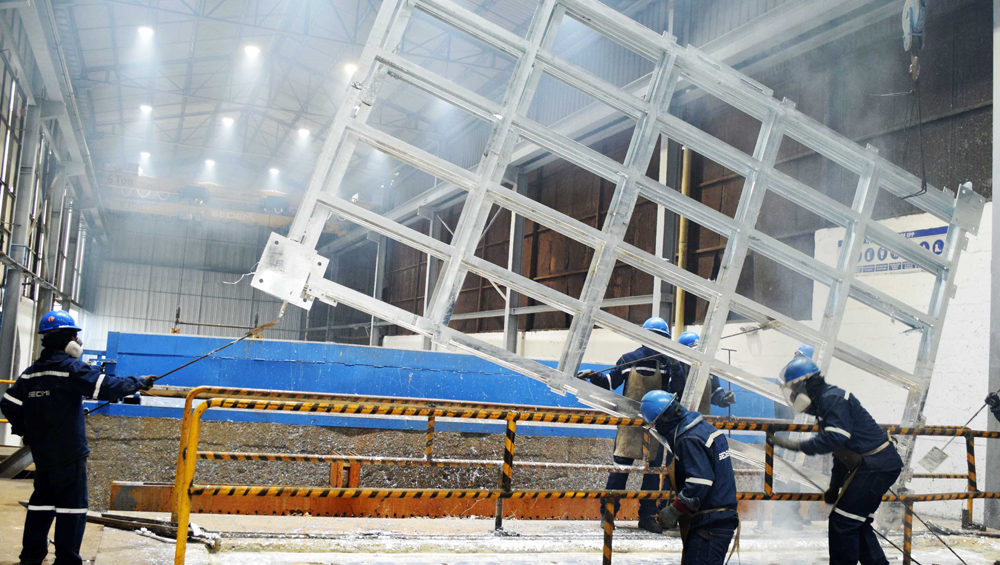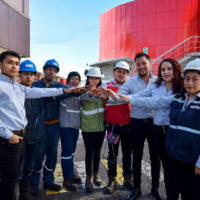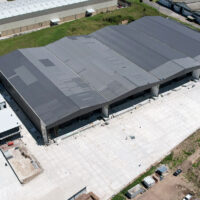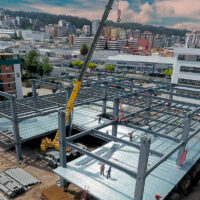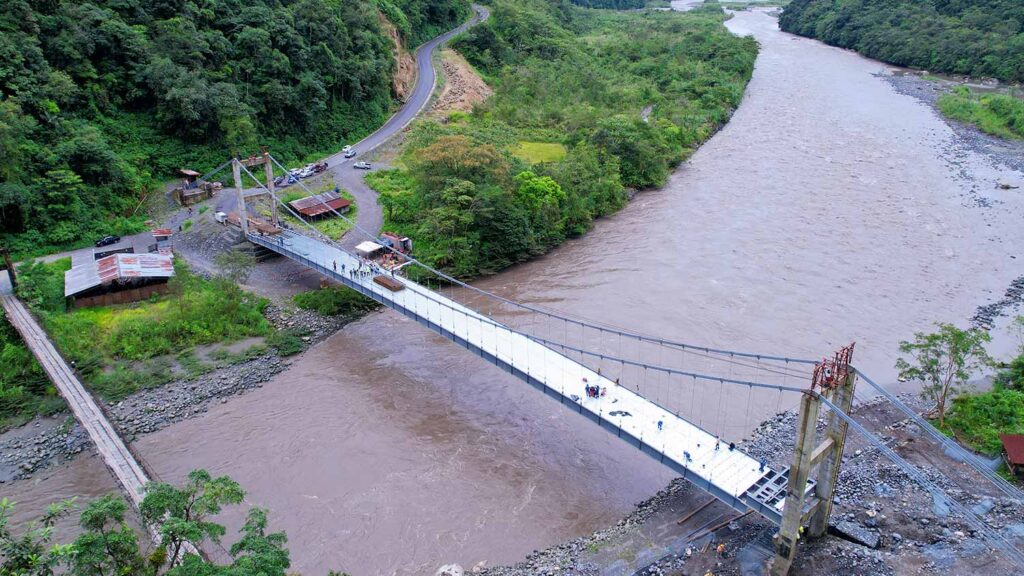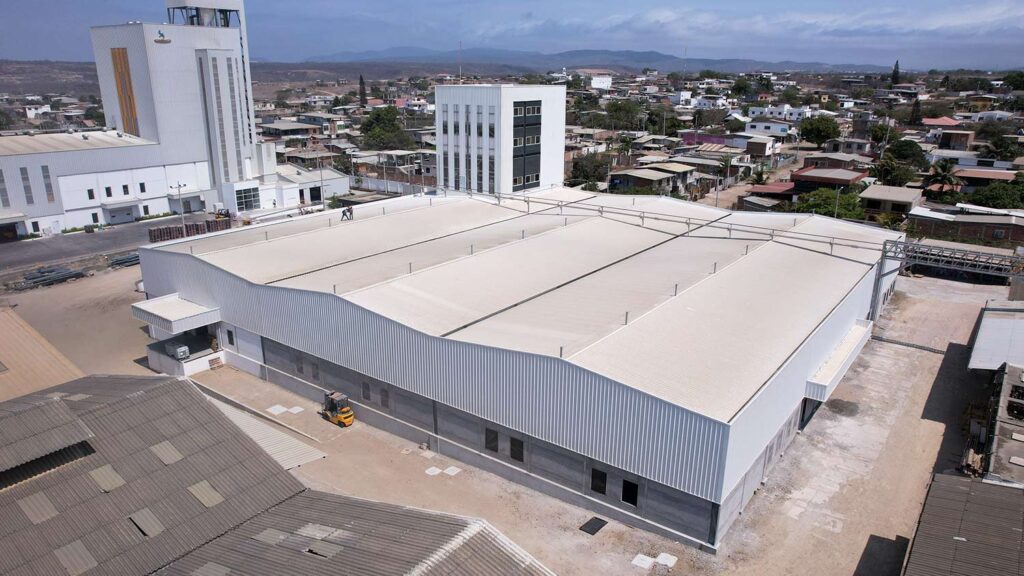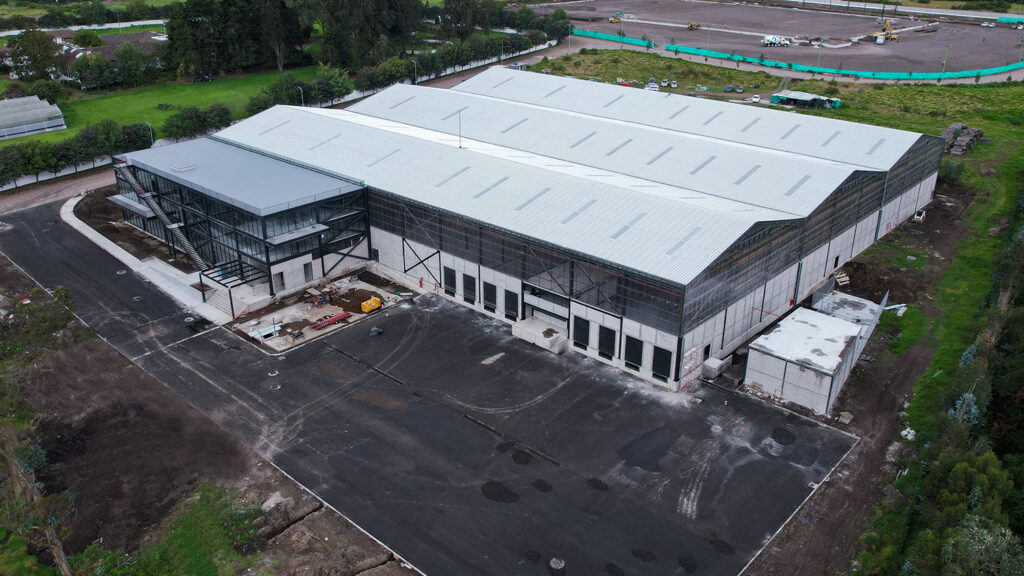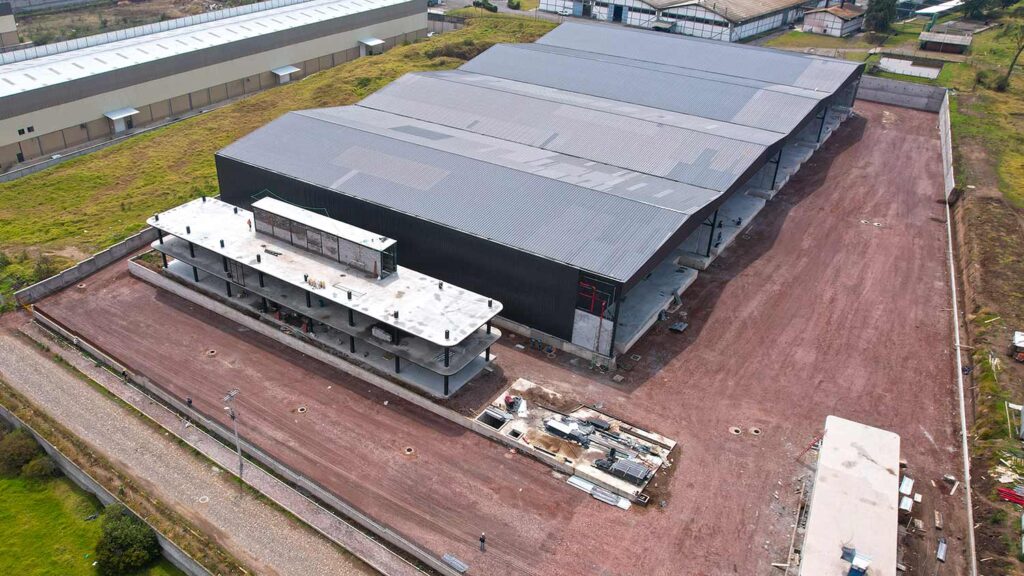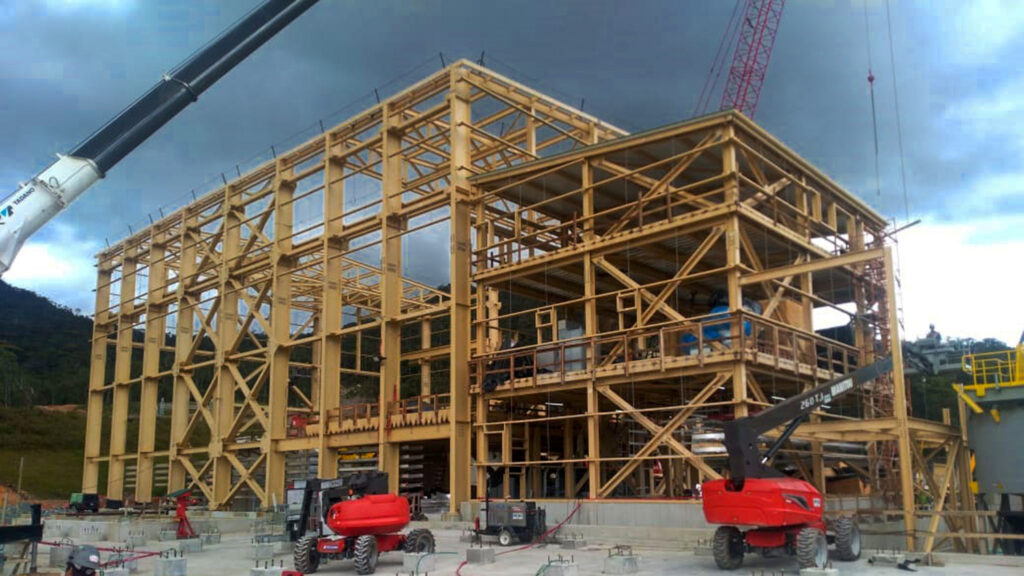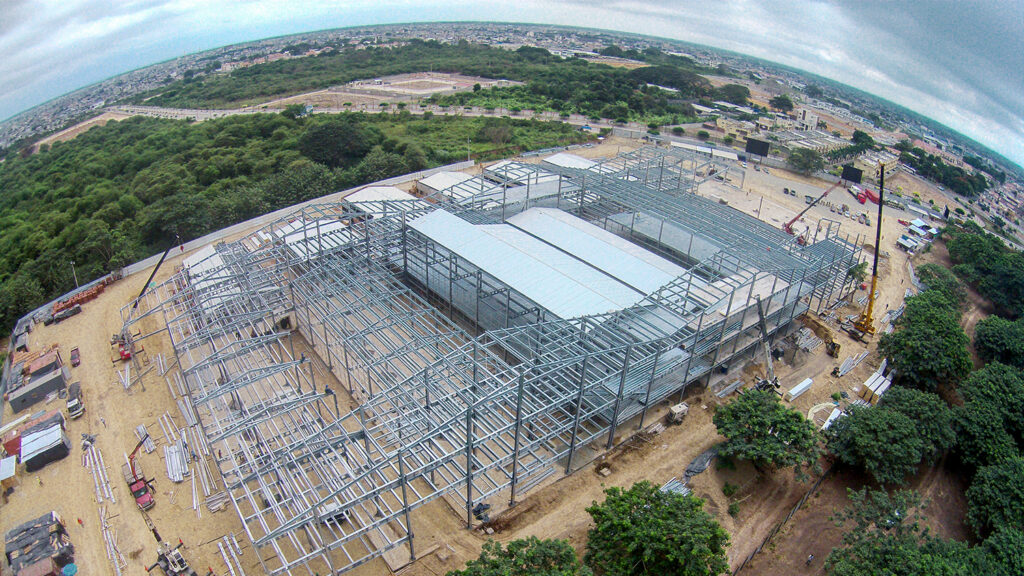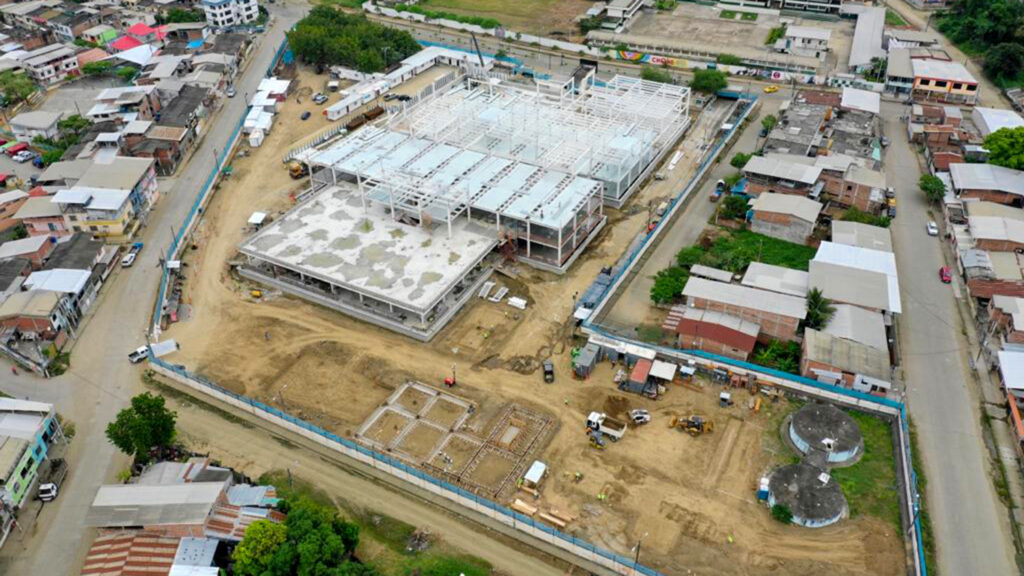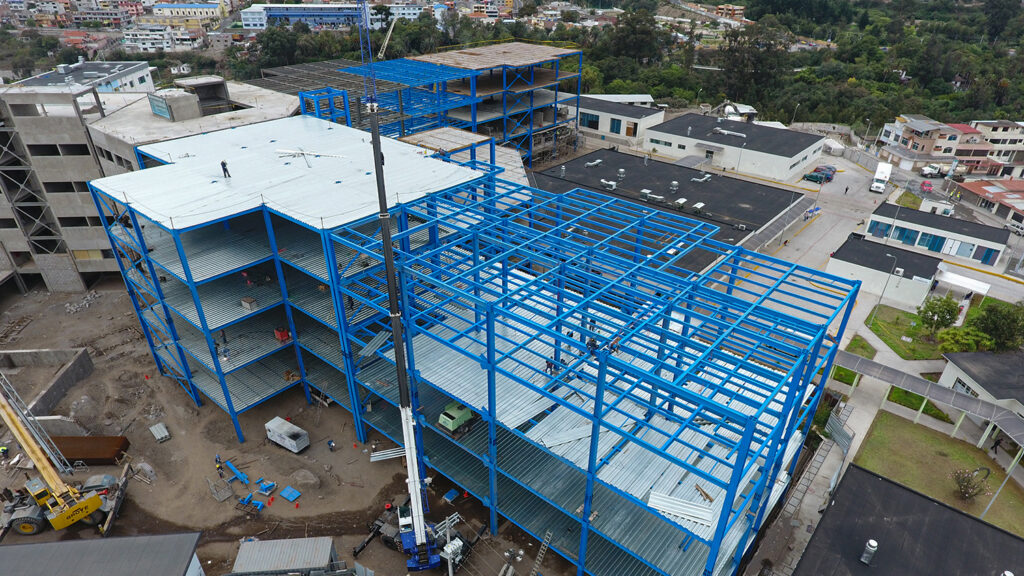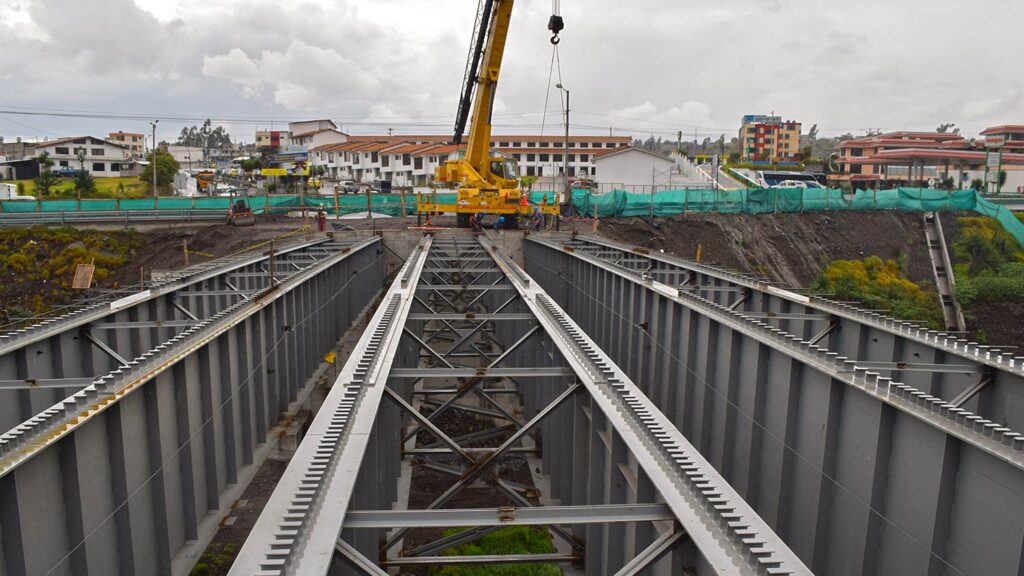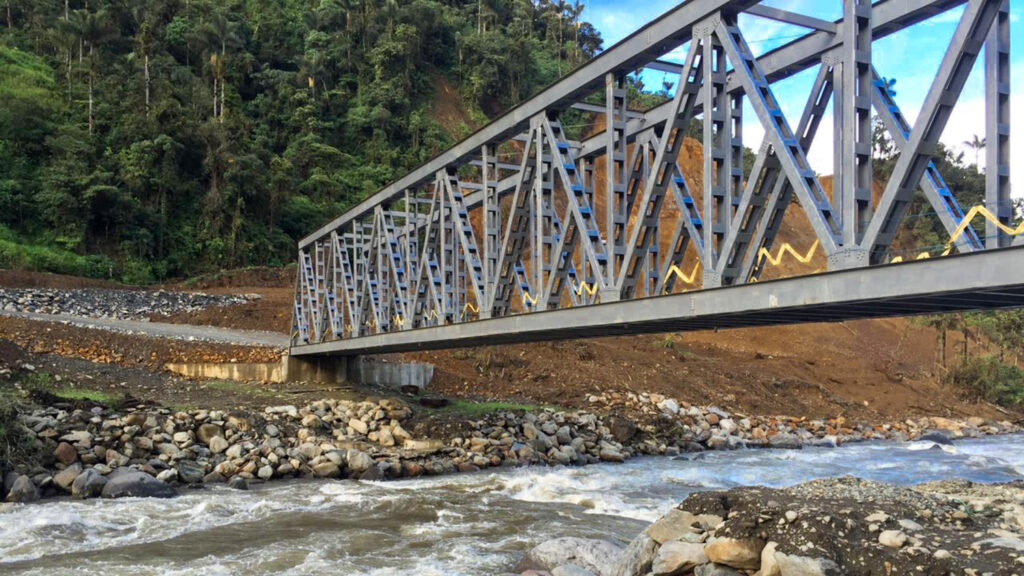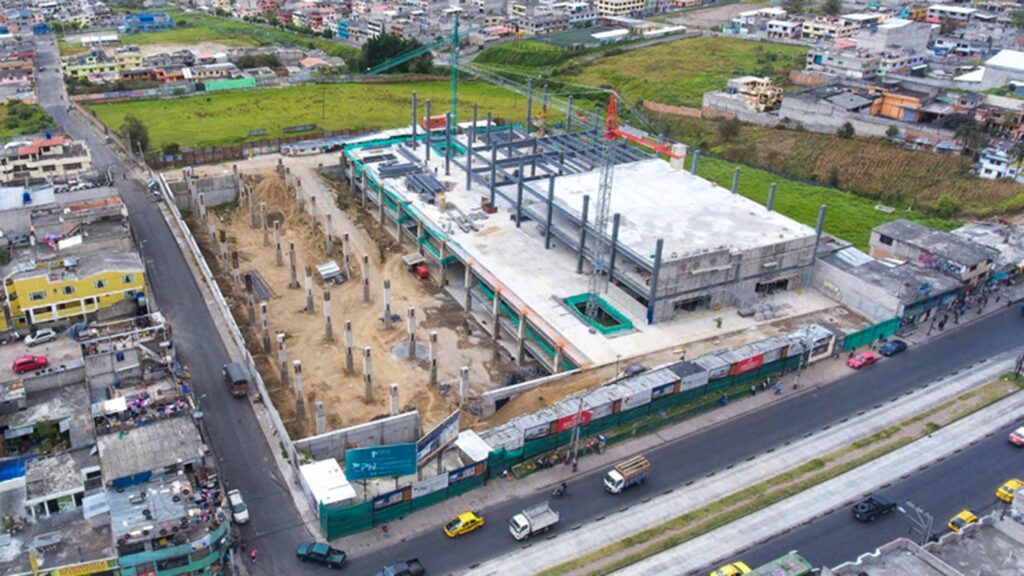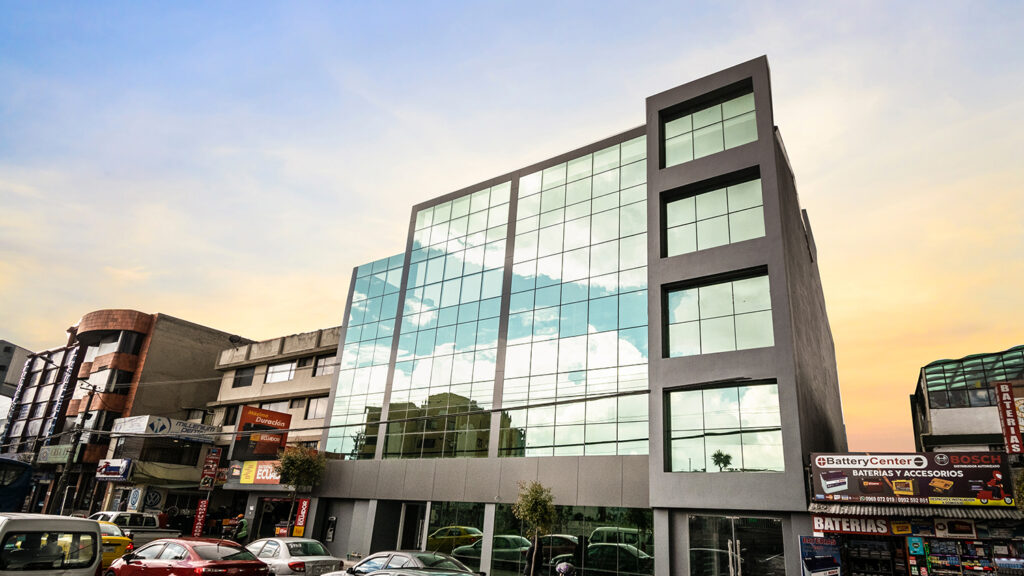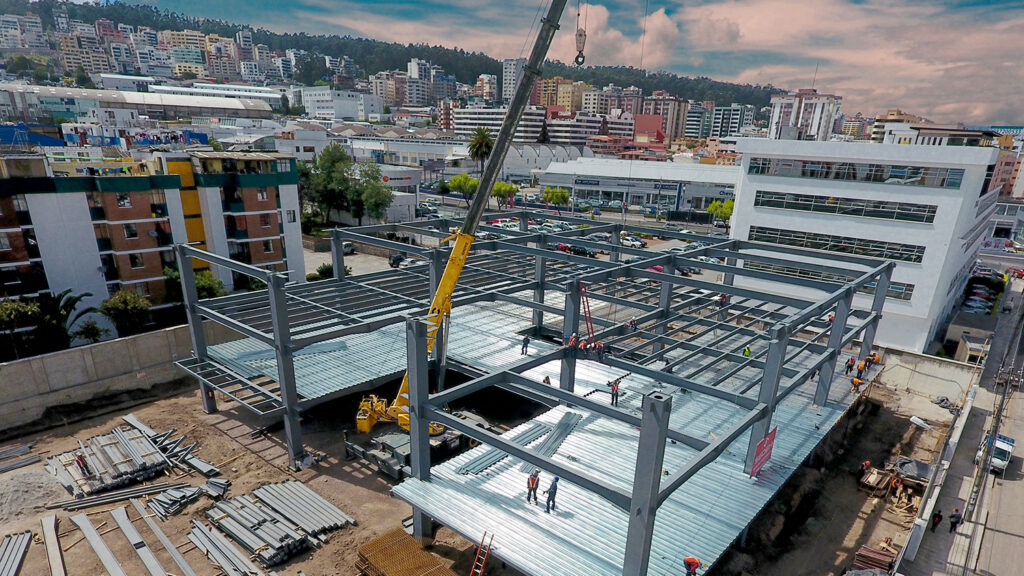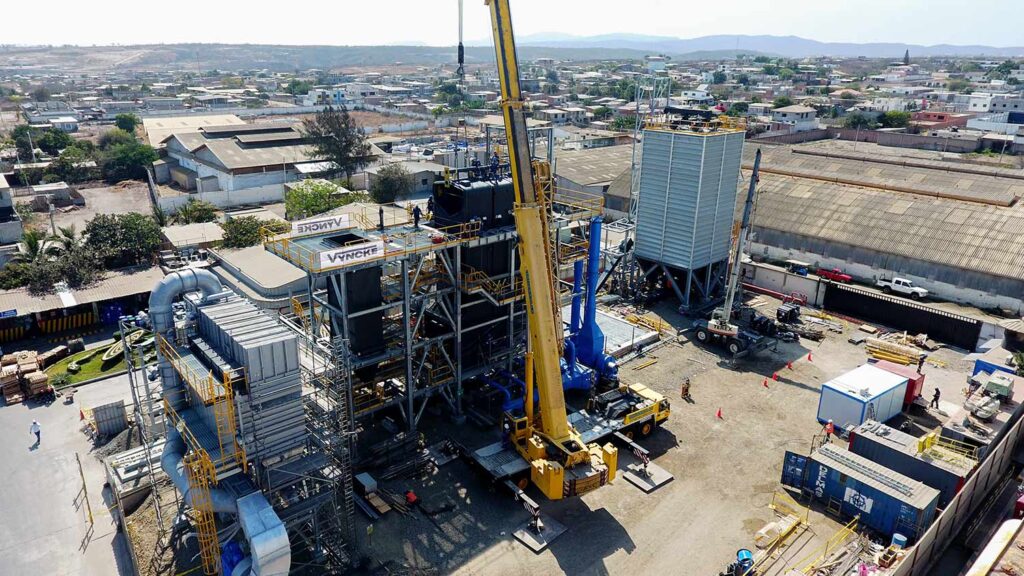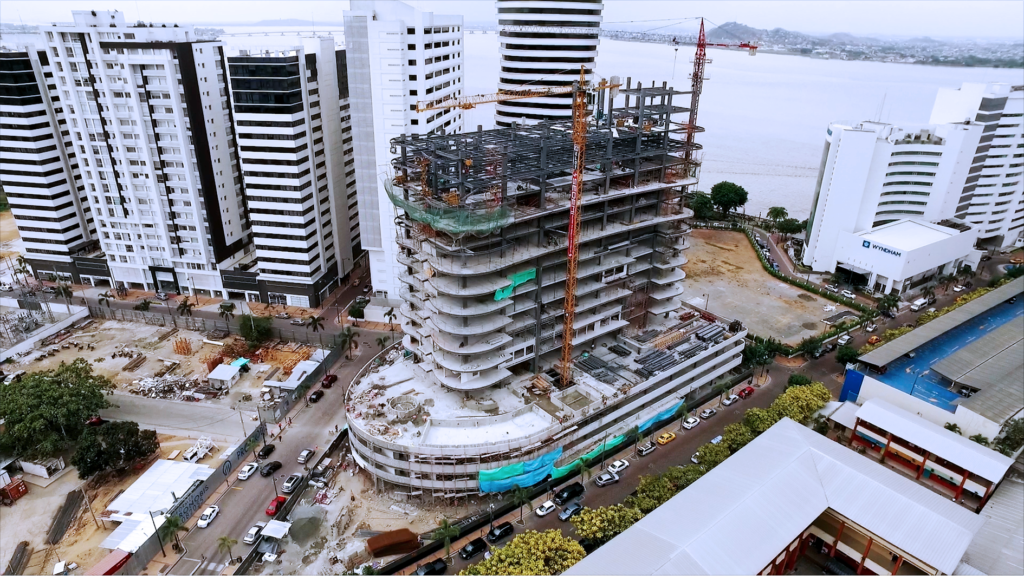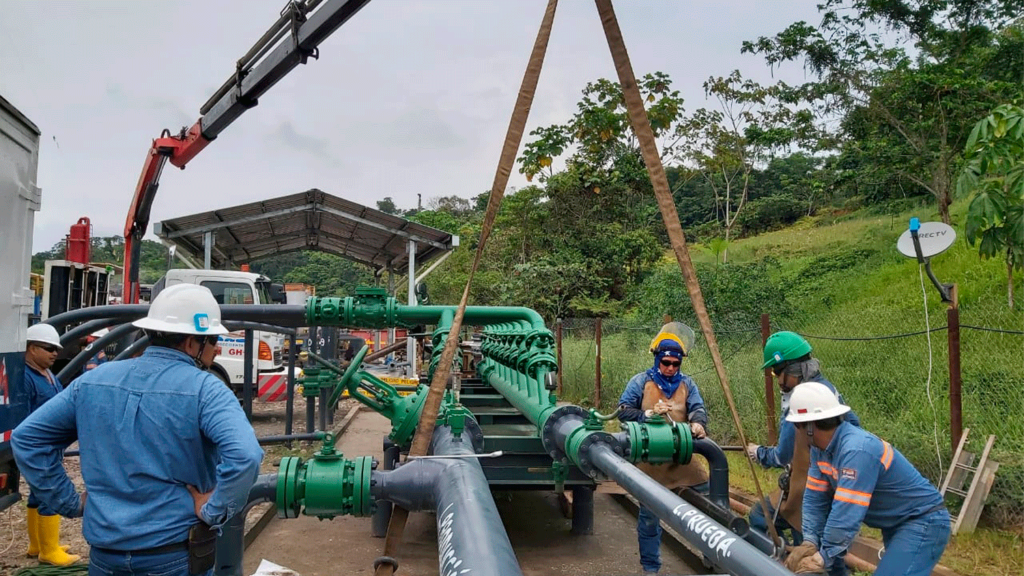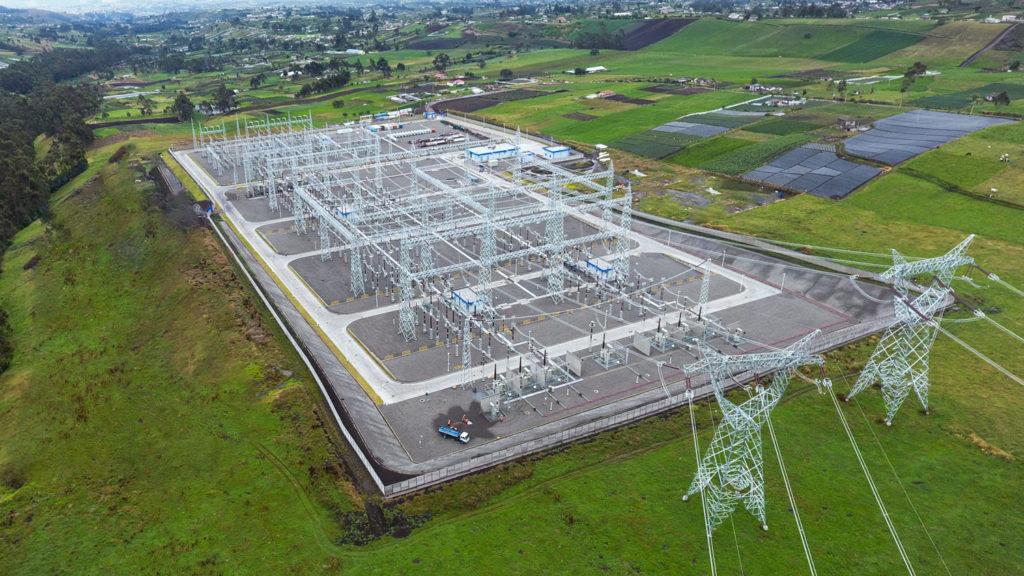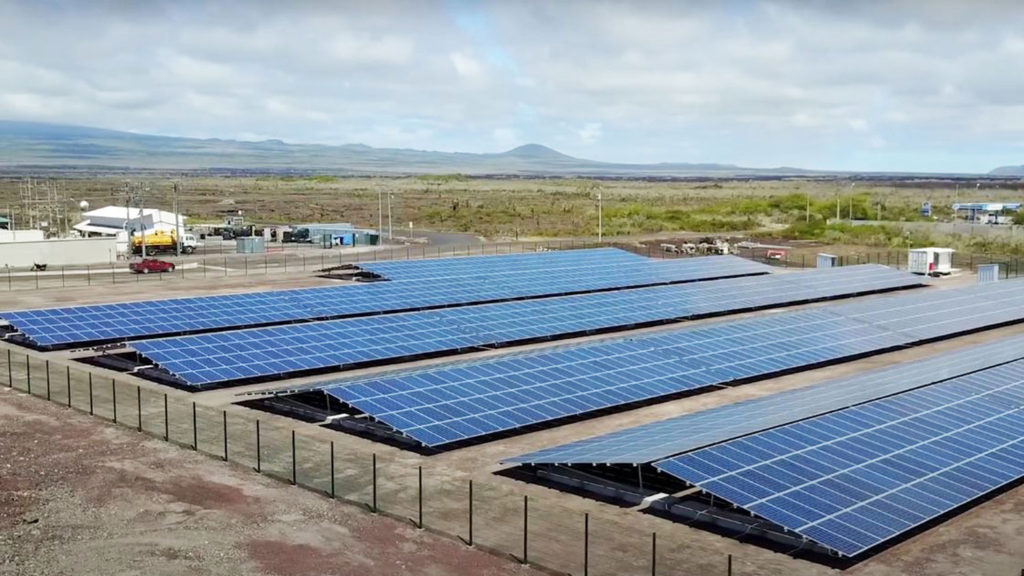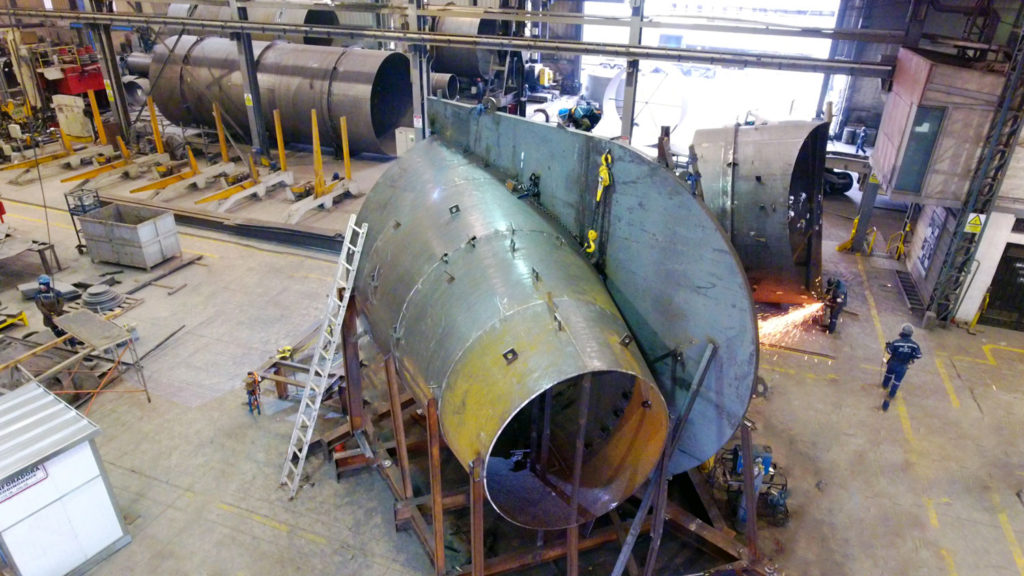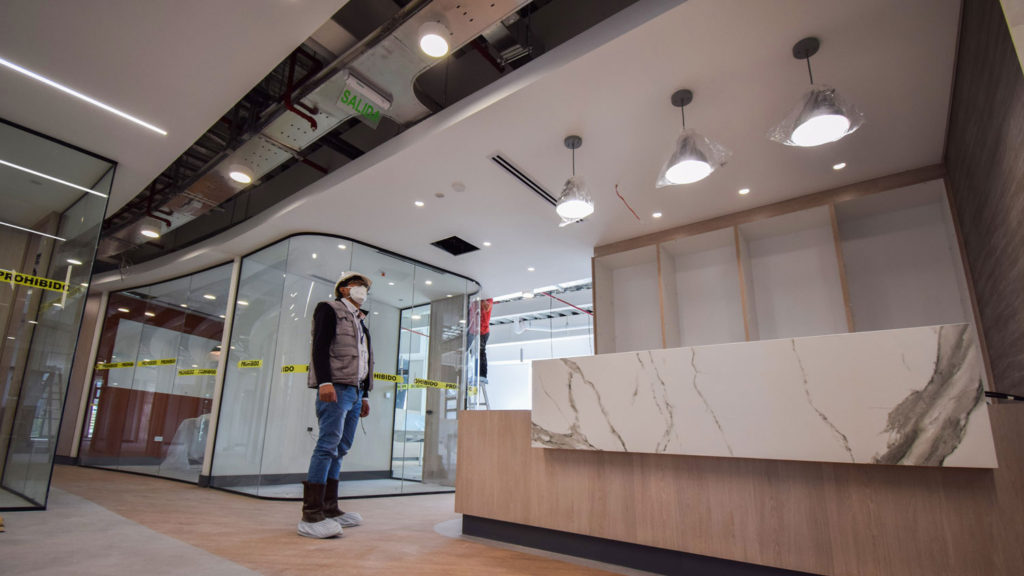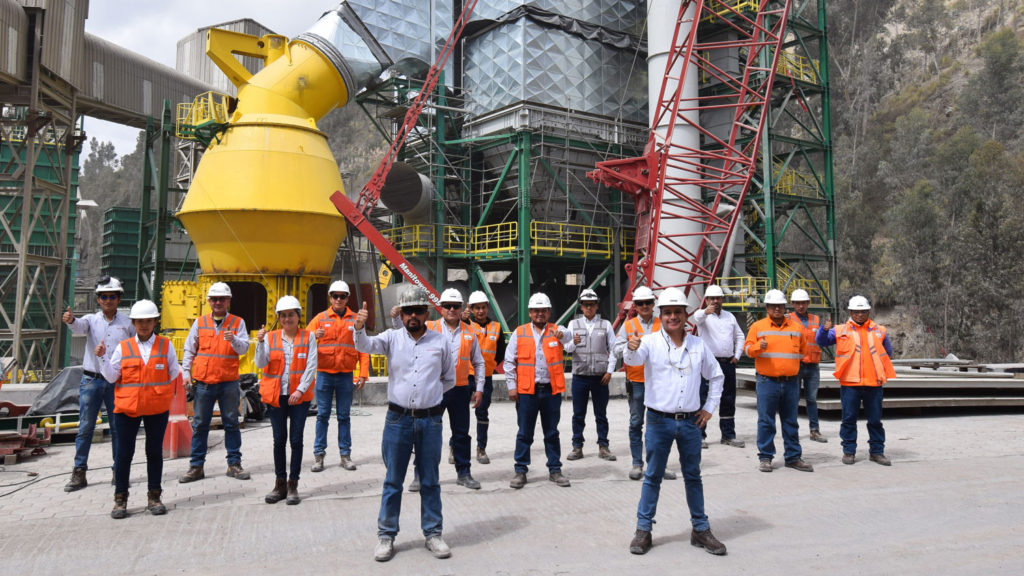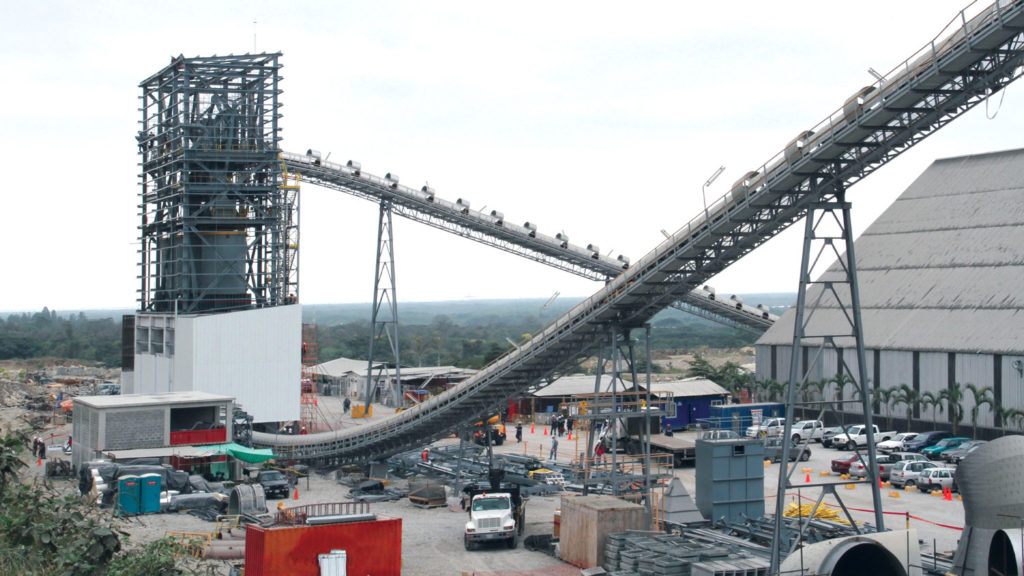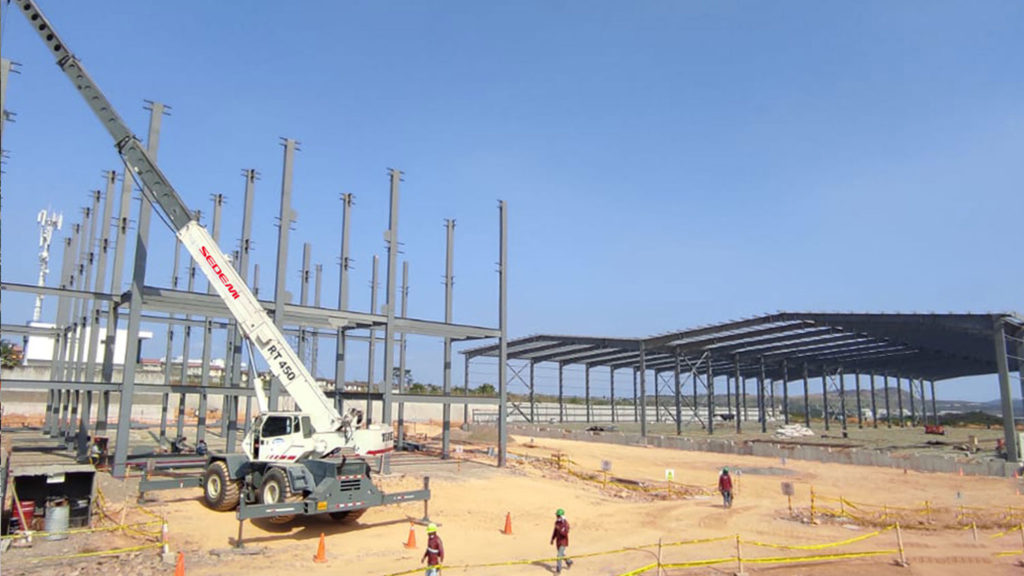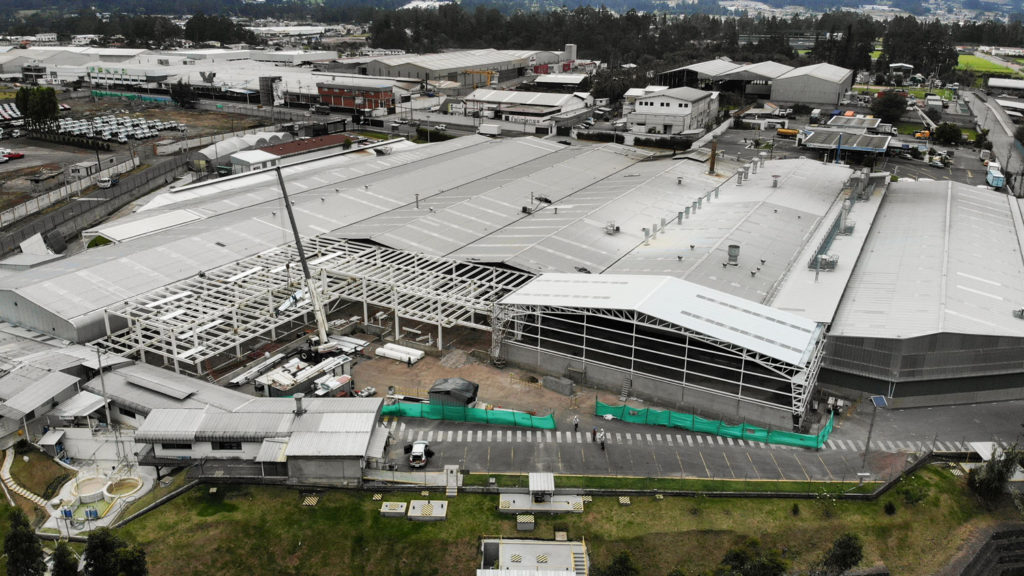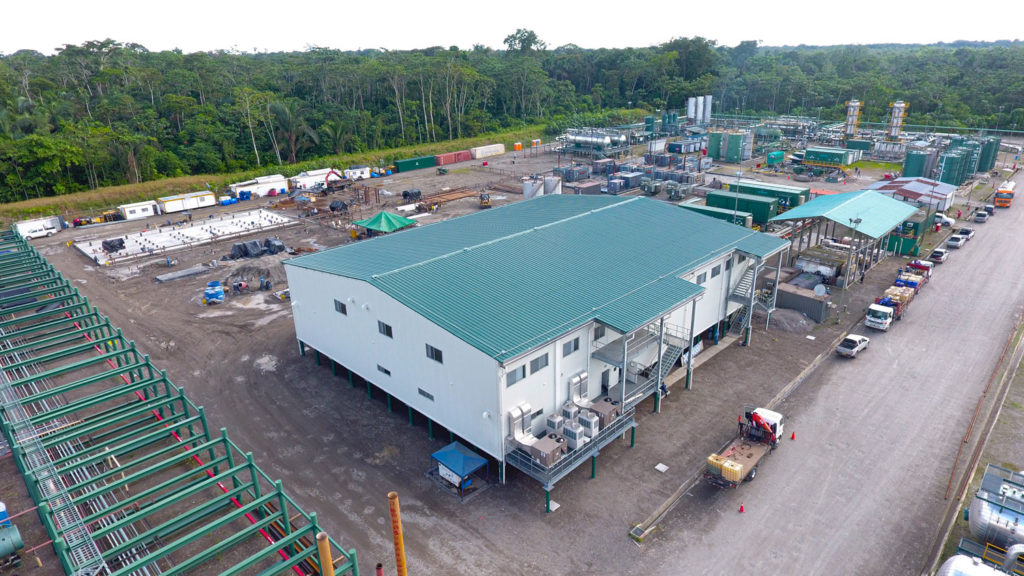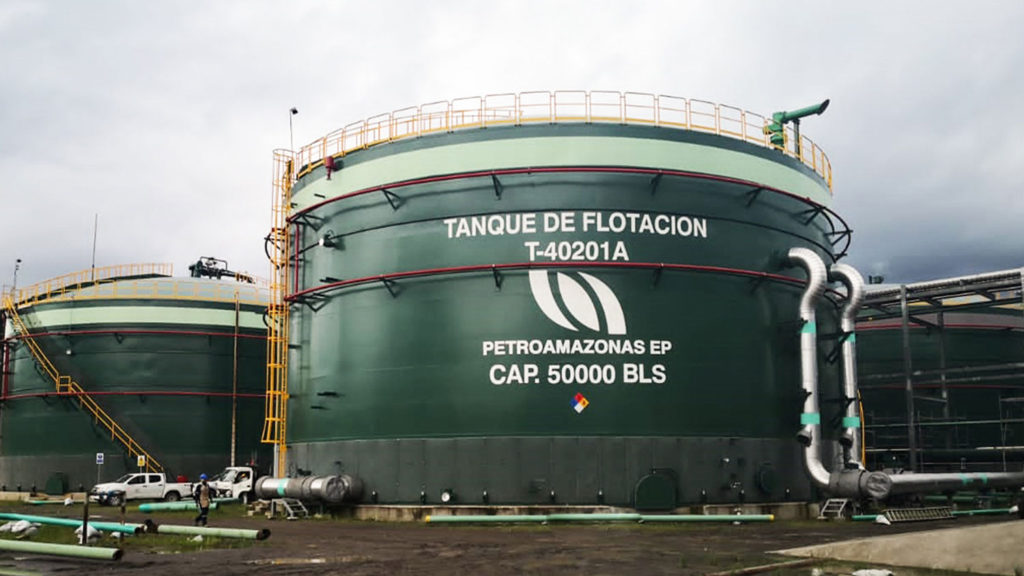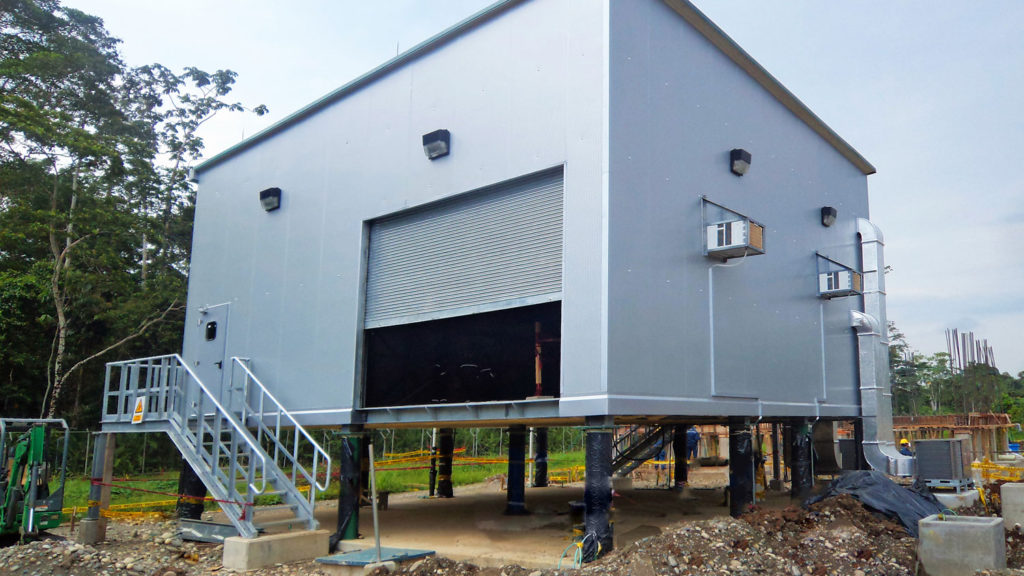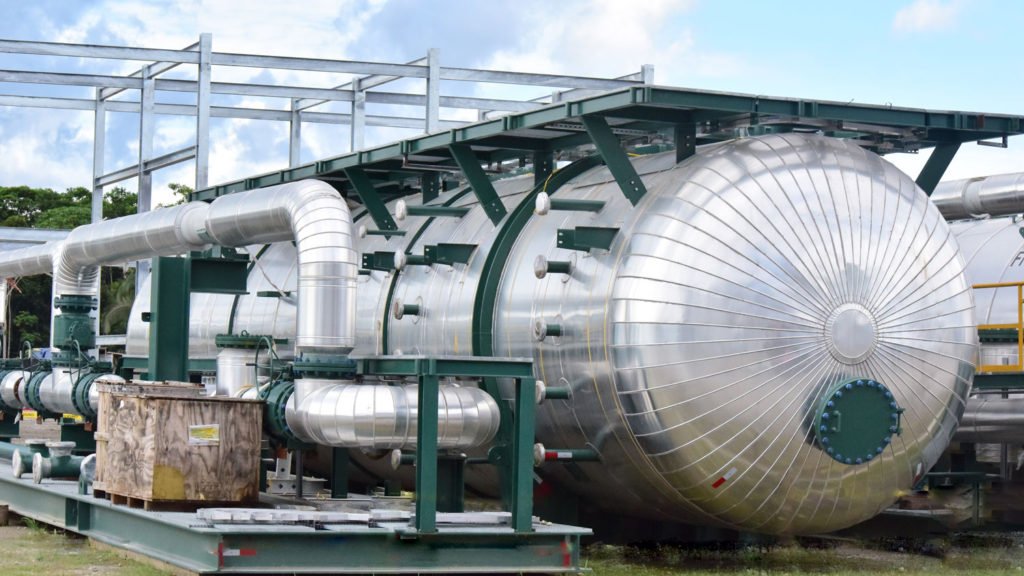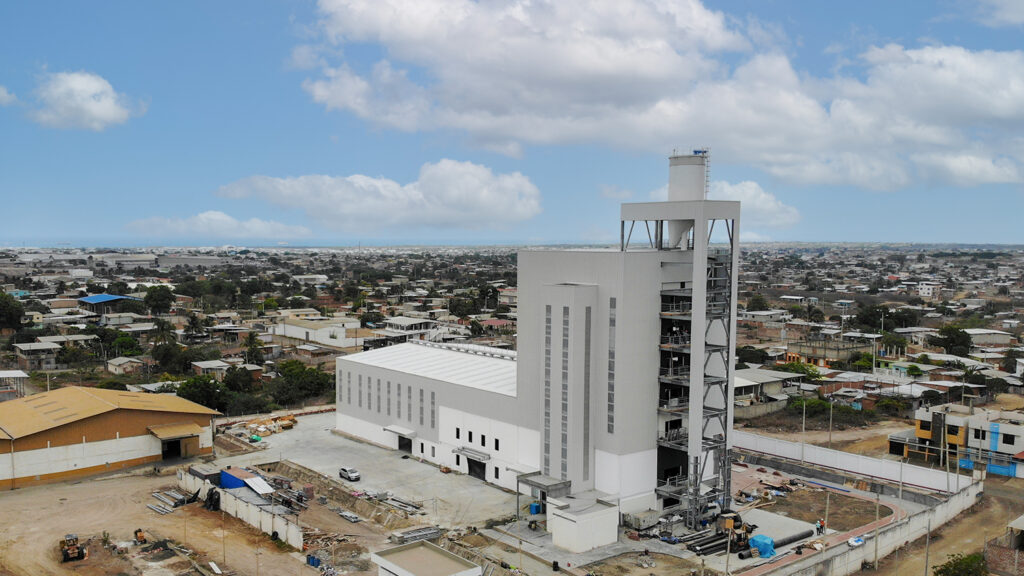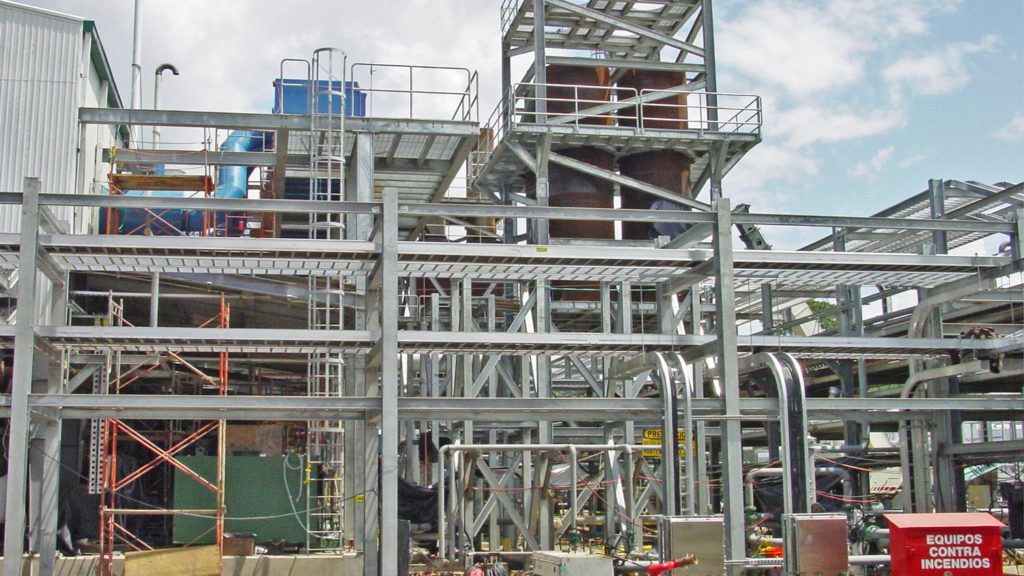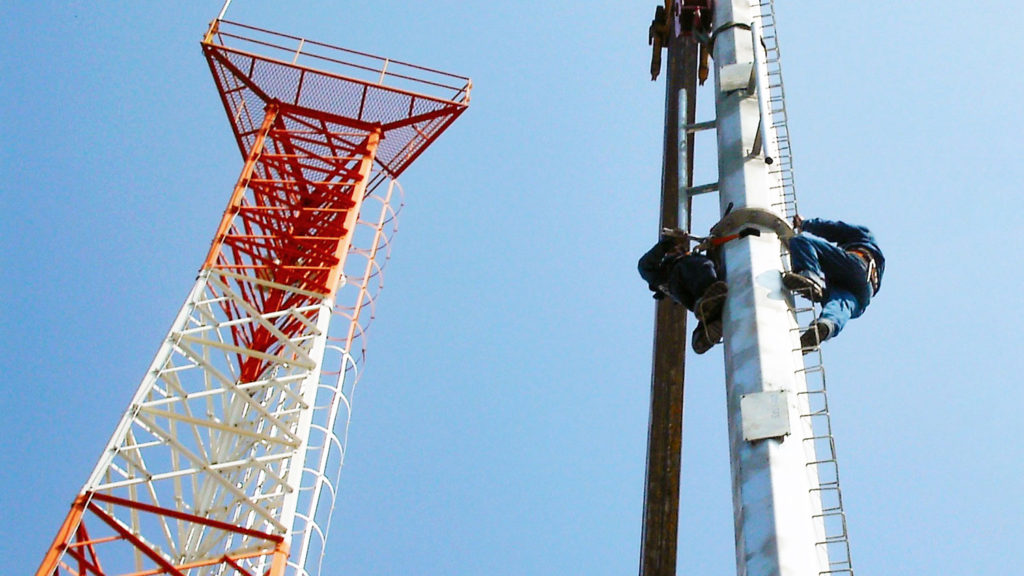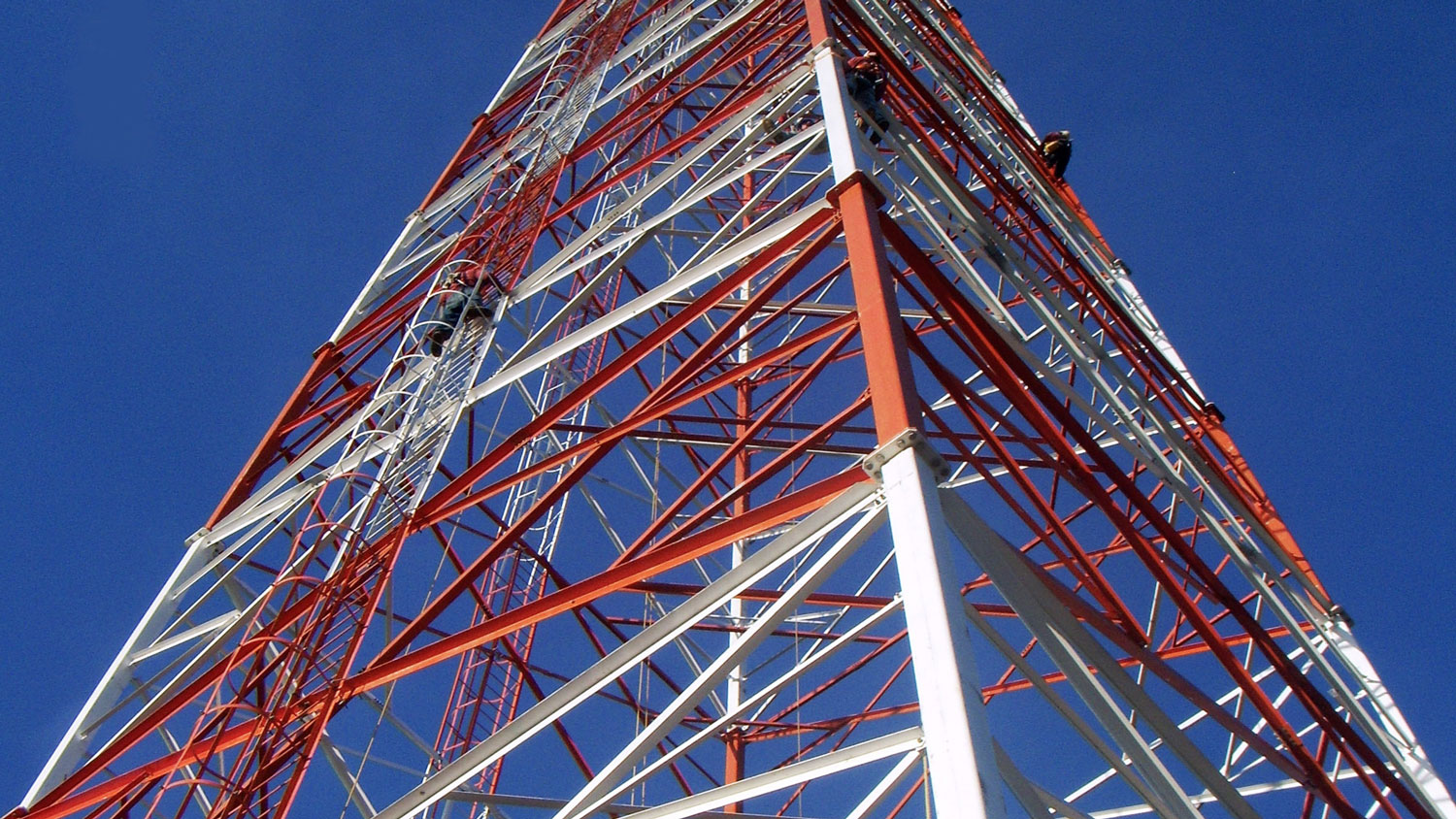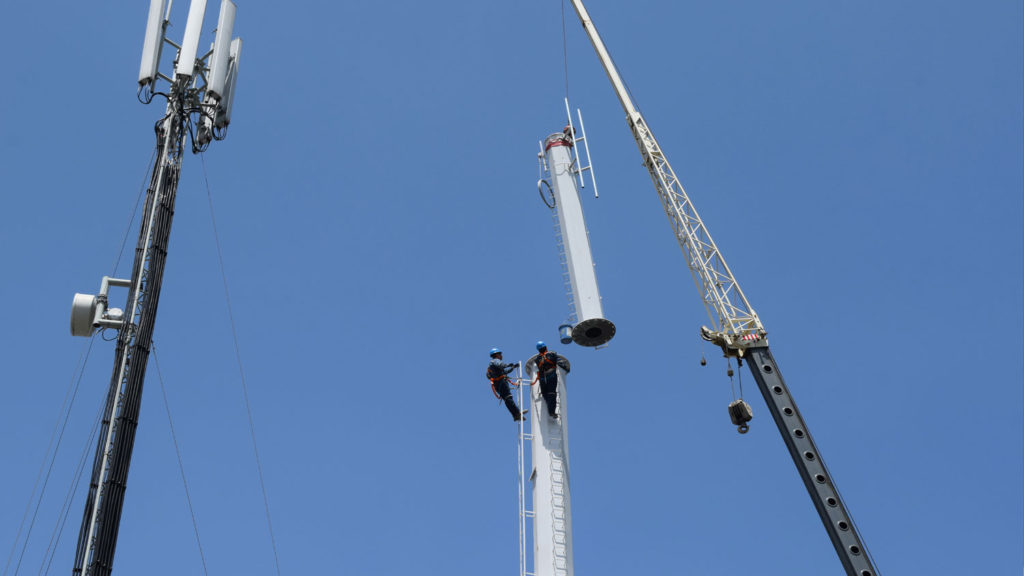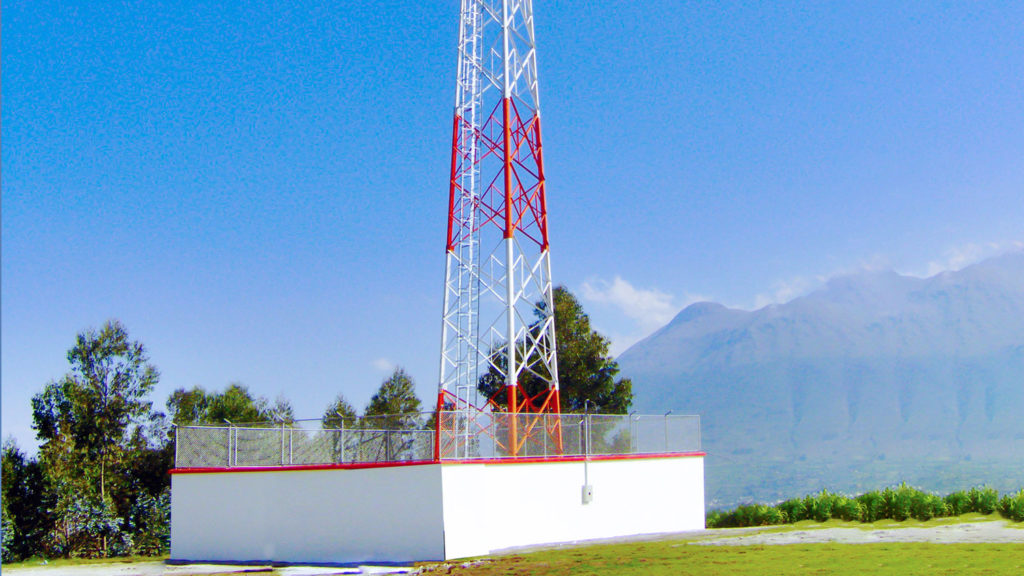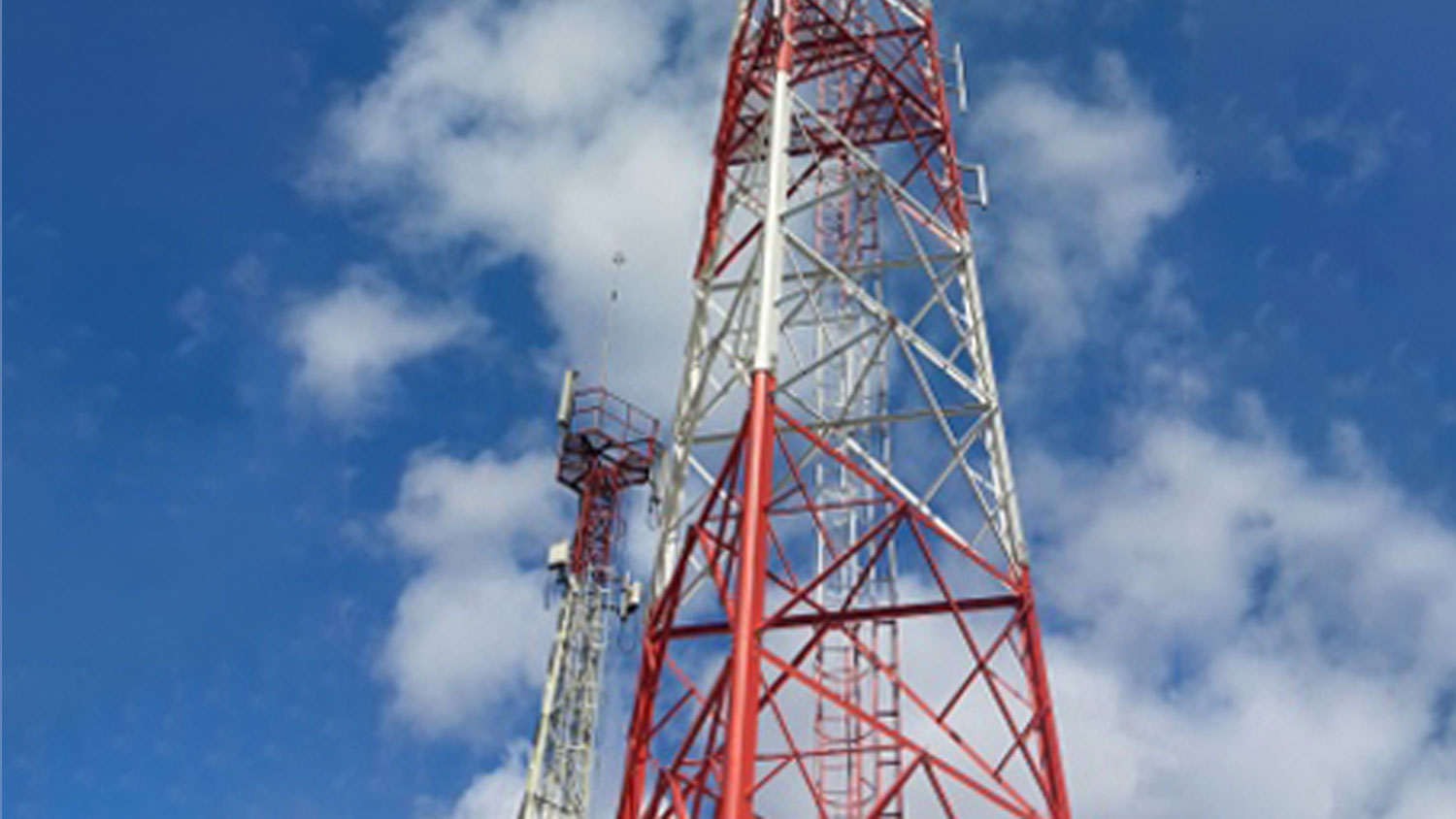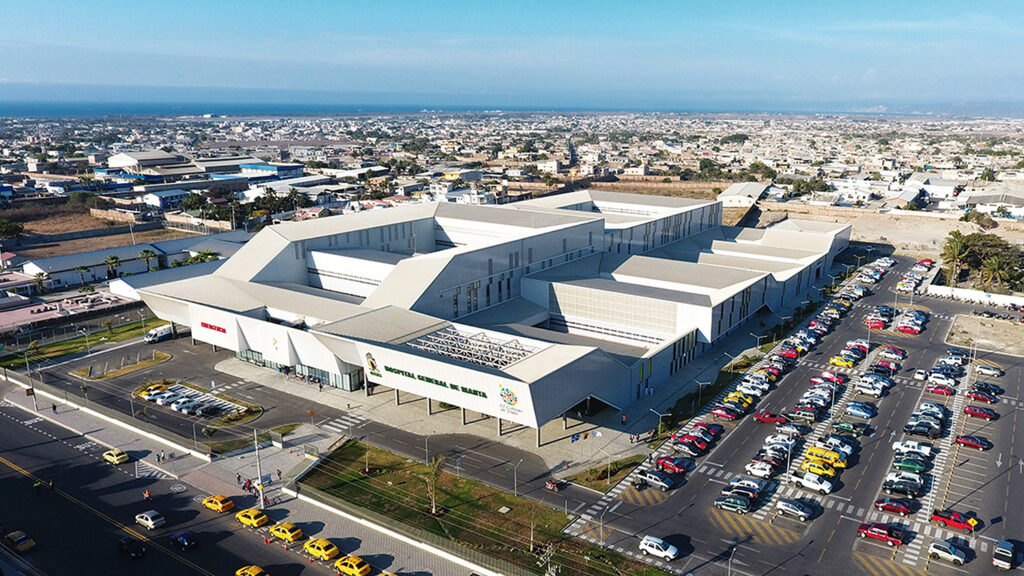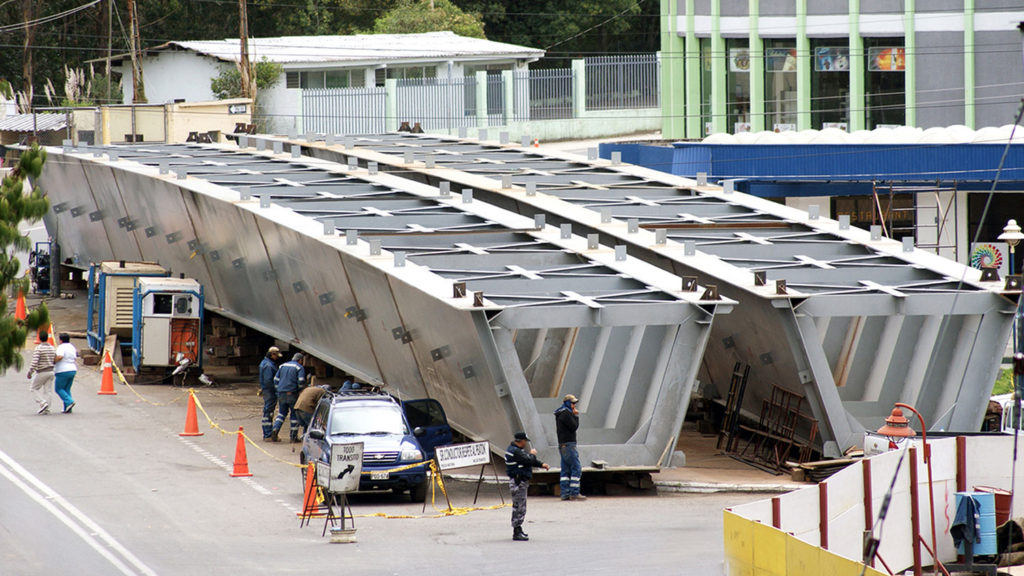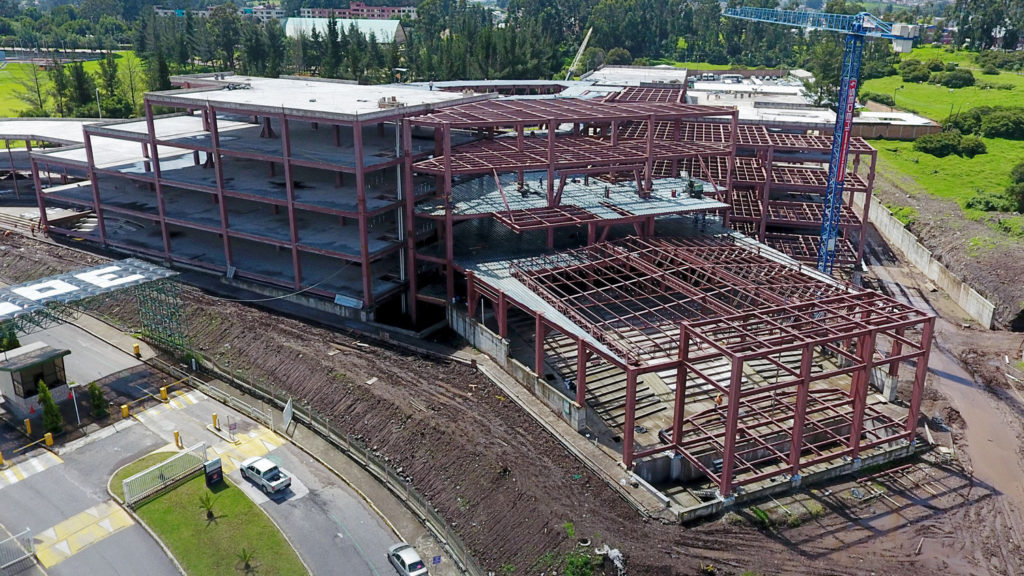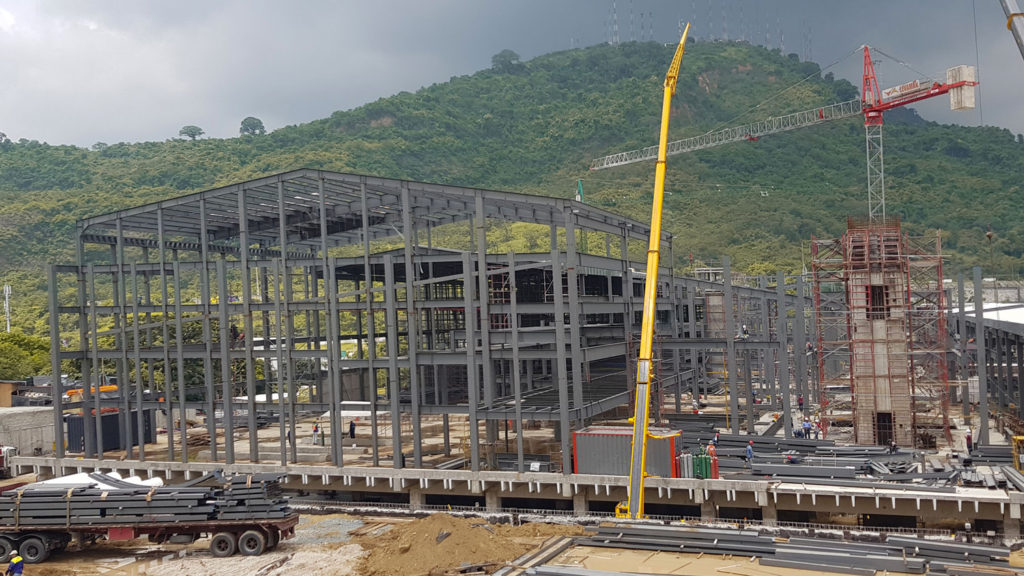The SEDEMI construction company, with 45 years of experience in the national market, meets the requirements of public and private projects with high quality standards and recommends hot-dip galvanizing to protect the metal structures used in construction, thus guaranteeing the lifespan of steel, one of the essential elements of today’s urbanization.
To have control over these processes, the company works within its own state-of-the-art plant that allows it to comply with rigorous norms and quality standards that are approved by the American Society for Testing and Materials for its acronym in English ASTM, for the correct use of each type of steel.
Here are 10 important reasons why hot-dip galvanizing is so essential:
1.- The duration is extremely high. The duration of these coatings is very high. More than 100 years of experience in the use of galvanized steel throughout the world have allowed us to know quite accurately the duration of the protection provided by the hot-dip galvanized coating. For example, it has been widely specified in petrochemical, industrial, power/utility, and bridging/highway projects for its unparalleled durability in these harsh environments, weathering many years without a trace of rust.
2.- It is cheaper. When life cycle costs are taken into account, hot-dip galvanizing is the most economical system for long-term corrosion protection. Although the initial cost of a corrosion protection system cannot be lowered, the life cycle cost should be a key determining factor in the selection process to achieve true sustainability, structures must be financially responsible for future generations.

3.- Triple protection. Galvanized coatings protect steel in three different ways:
- Barrier Protection: The first line of defense against corrosion is barrier protection. Barrier protection has two fundamental properties: metallurgical adhesion to the base metal and resistance to abrasion.
- Cathodic protection, (zinc rusts, iron doesn’t) even in small areas that may be left bare (edges of cuts or holes, scratches, etc.), as long as there is zinc, the iron will not rust.
- Protection from zinc oxidation products, the formation of zinc corrosion by-products: zinc oxide, zinc hydroxide and zinc carbonate; which are compact, homogeneous, hard, impermeable and inert slow down the rate of corrosion up to 1/30 of the rate of steel in the same environment.
4.- Versatility. Hot-dip galvanizing is a process that serves both for the protection of steel products such as profiles, wire, tubes, etc., as well as for the protection of all kinds of articles. They have a great versatility of use in service, since they protect steel both from atmospheric corrosion and from corrosion caused by water or soil. In addition, it can be painted in both liquid and powder form, obtaining Duplex protection systems that enhance its durability and provide different aesthetic finishes.
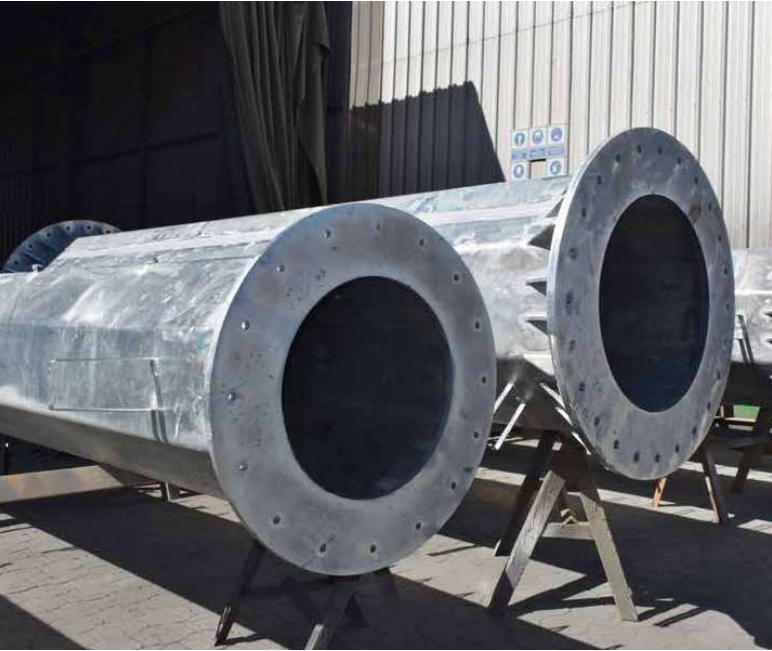
5.- Reliability. Hot-dip galvanizing is a controlled industrial process that allows obtaining zinc coatings of regulated quality and thickness on practically any article, piece of iron or steel. Hot-dip galvanized coatings are one of the few steel protection systems that are perfectly specified by national and international standards.
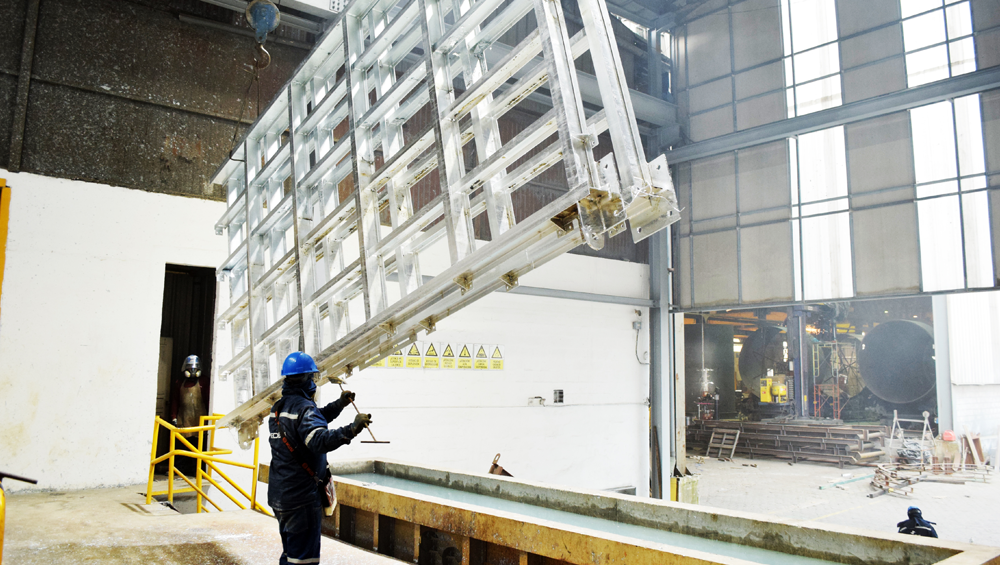
6.- Sustainability. The maintenance-free longevity of hot-dip galvanized steel provides positive and economic benefits for future generations. In addition to being natural, both zinc and steel can be recycled indefinitely without losing any physical or chemical properties. Approximately 30% of the world’s zinc supply comes from recycled sources each year and more would be recycled if there were more.
7.- Integral coating. Hot dip galvanizing is a total immersion process, meaning the steel is completely submerged in cleaning solutions and molten zinc is coated on all interior and exterior surfaces. This complete coverage guarantees even the interior of hollow or tubular structures. As corrosion tends to occur at a higher rate inside hollow structures, where moisture and condensation occur, interior coating is highly beneficial.
8.- Uniform Protection. Another aspect of the durability of hot dip galvanizing is its uniform protection. During the metallurgical diffusion reaction in the galvanizing kettle, the galvanized coating grows perpendicular to all surfaces. This is why the coating is naturally as thick in the corners and edges as it is on flat surfaces. The uniform protection of hot-dip galvanized steel leaves no weak spots for accelerated corrosion.
9.- Resistance to abrasion. A unique feature of hot dip galvanized coating is the development of highly bonded abrasion resistant intermetallic layers. There are three intermetallic layers (gamma, delta and zeta) and the top layer of pure zinc (eta). The abrasion resistance of hot-dip galvanizing provides protection against damage caused by hostile handling during shipping, installation, and also in service.

10.- Manageable. The different galvanized elements can be easily assembled using screws or welding. Welding procedures commonly used for ungalvanized steel are equally applicable to galvanized steel: electric arc welding, flame welding, resistance welding, etc. The areas of the coating affected by the effect of the heat of welding can be easily restored by means of zinc metallization or zinc-rich paint.
SEDEMI at the forefront of construction trends, has qualified personnel in all types of processes, guaranteeing safe buildings thanks to the quality of its materials and the certification of its processes under high world-class standards, contributing to the development of the Ecuadorian industry and building the future of the country.
